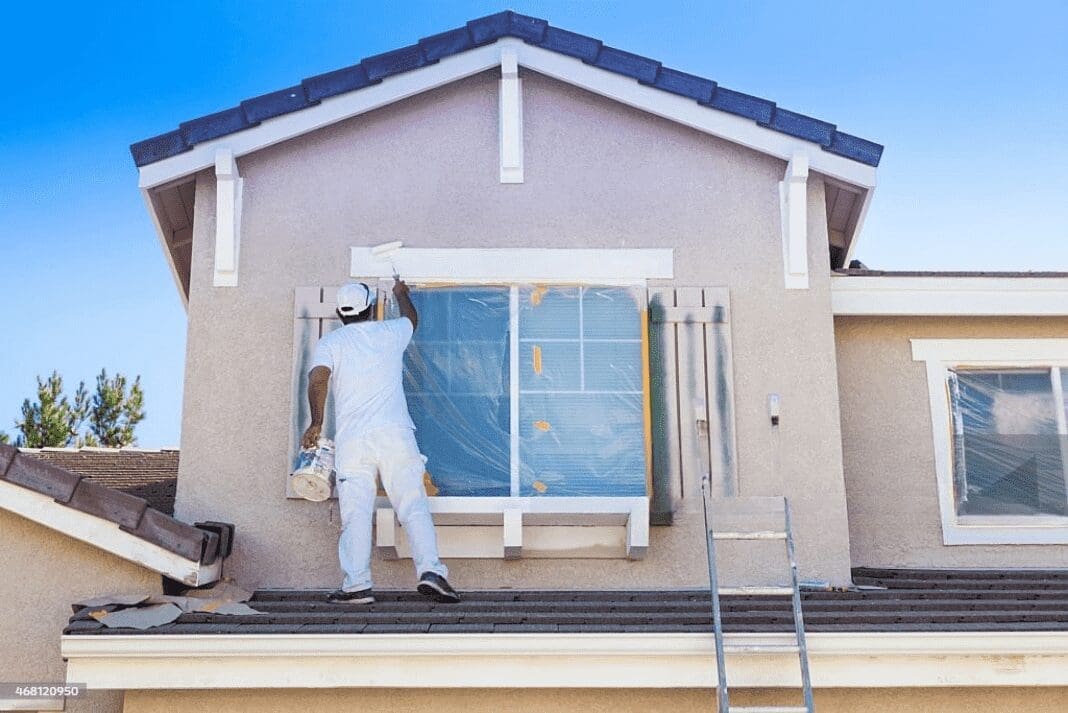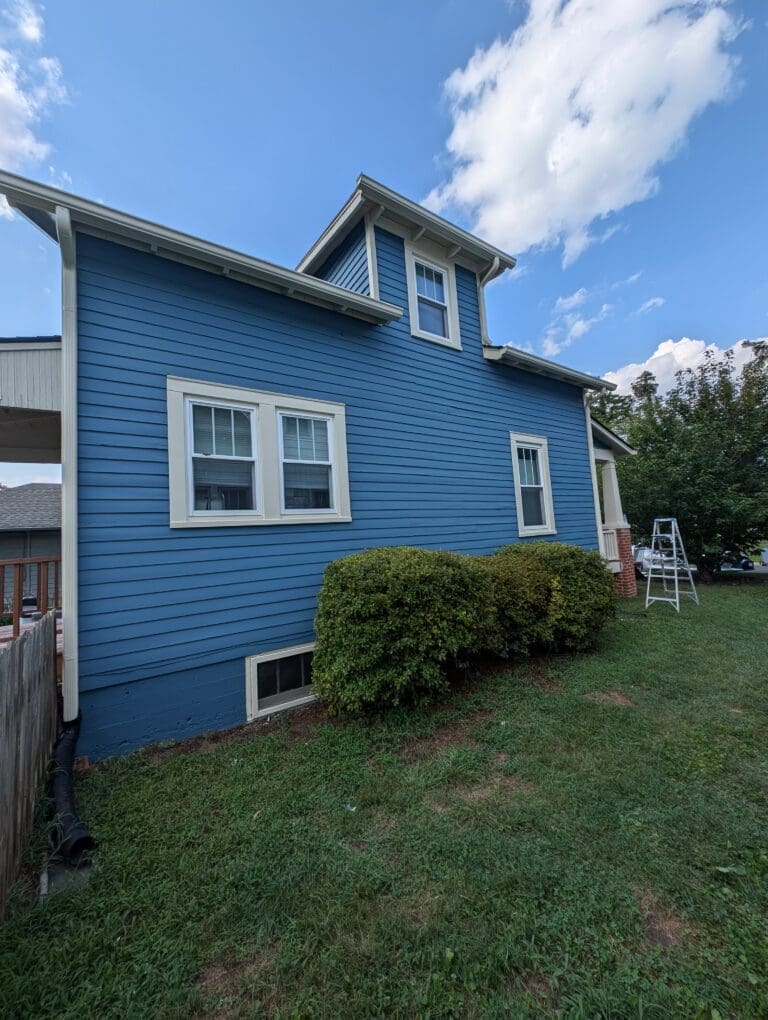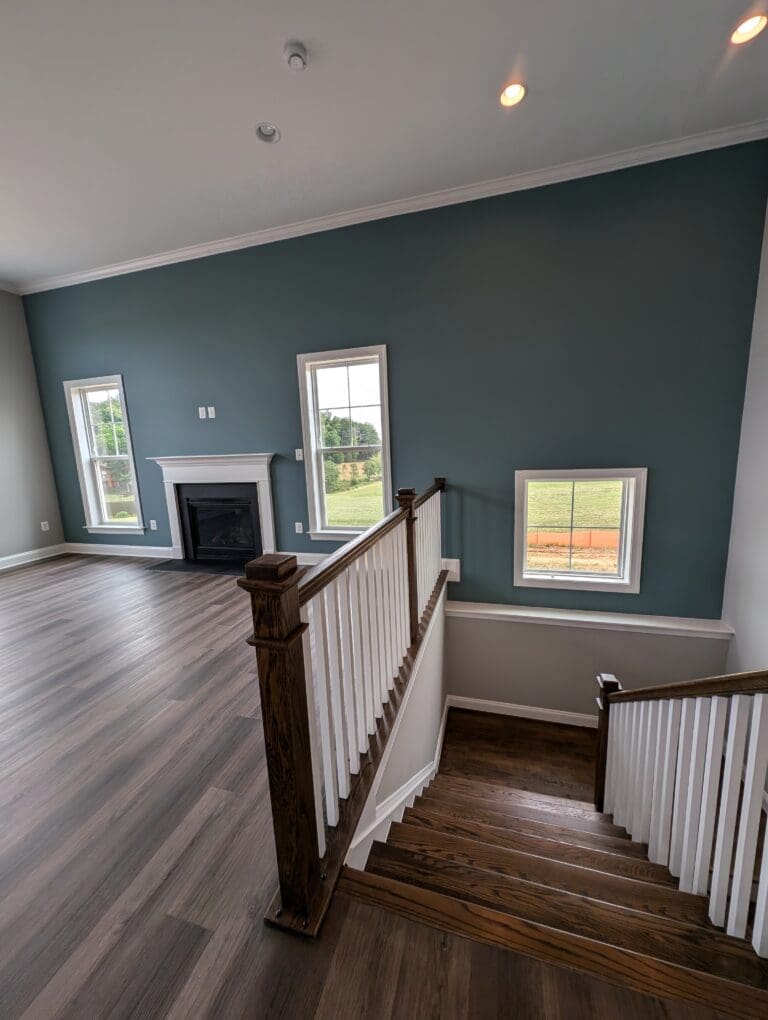House Painting Costs: What to Expect & How to Budget Smartly
Planning to paint your house is an exciting project, but understanding the costs involved can make a big difference in how smoothly things go. Many factors impact the final price, including the size of the home, the type of paint used, labor costs, and whether you’re painting the interior, exterior, or both. Knowing what to expect and estimated house painting costs can ensure you get the best results without unnecessary surprises.
Table of Contents
What Affects the Cost of House Painting?
Painting costs vary based on several factors. Being aware of these ahead of time allows you to plan more accurately.
Size of the Area to Be Painted
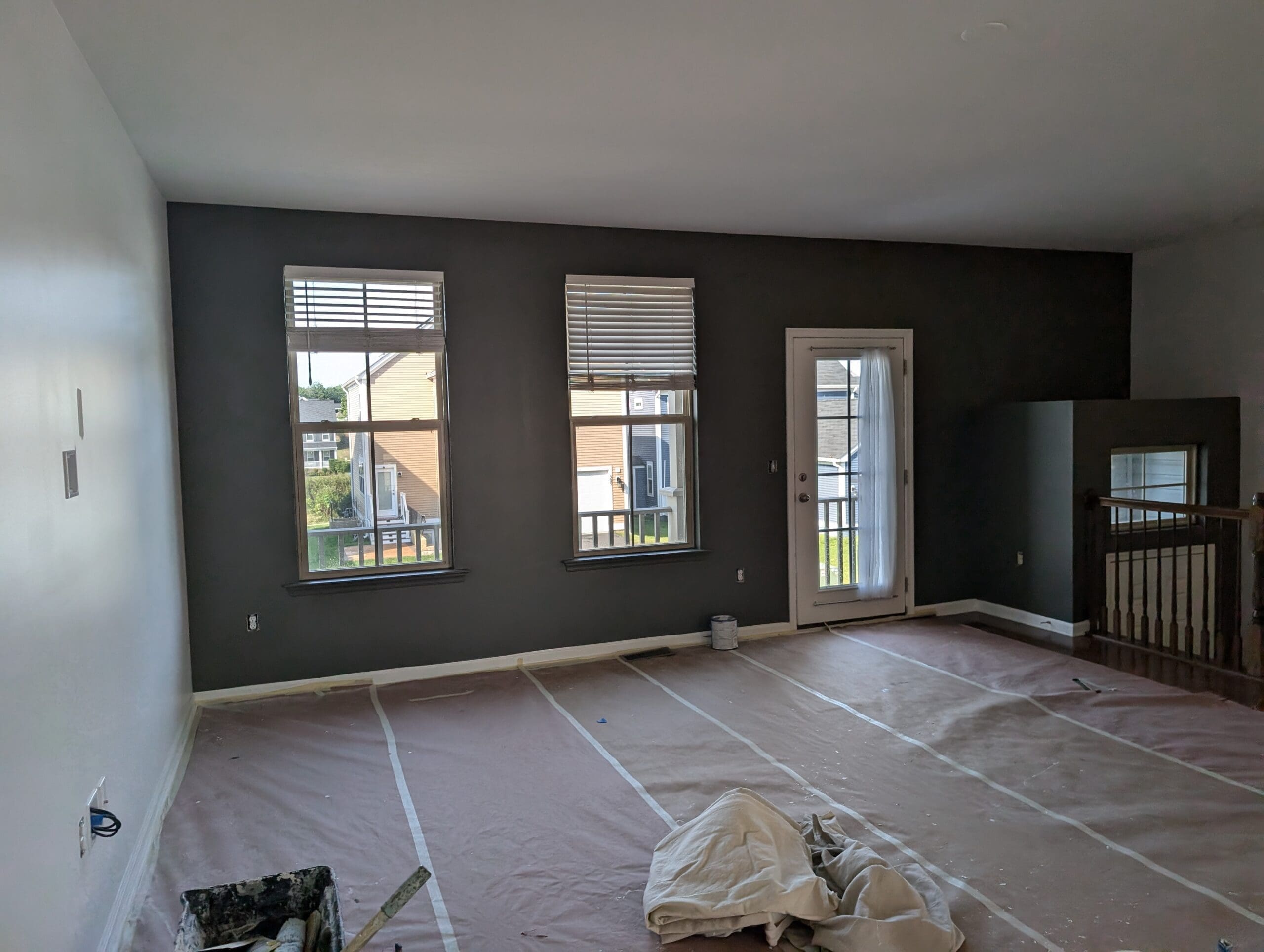
The larger the space, the more paint and labor are required. Most painters calculate pricing based on square footage. Interior painting costs generally range from $2 to $6 per square foot, depending on the complexity of the job. Exterior painting pricing typically falls between $3 to $7 per square foot, though factors like surface condition and prep work can influence the final cost.
Type and Quality of Paint
Not all paints are created equal. Higher-quality paints provide better coverage, last longer, and resist fading and damage better than cheaper alternatives. Paint costs typically range from $20 to $70 per gallon, with premium brands pushing the higher end.
Labor Costs
Hiring professional painters adds to the cost, but it guarantees a high-quality finish. Labor rates vary by region, experience, and the complexity of the job. Expect to pay anywhere from $25 to $75 per hour per painter.
Surface Preparation
Proper prep work affects both cost and durability. Prepping may involve power washing for exteriors, patching holes and cracks, and sanding and priming. These tasks can range from $50 to $500 or more, depending on the level of work needed.
Additional Repairs
Older homes or surfaces with significant damage often need extra work before painting can begin. This might include replacing rotted wood, repairing drywall, or dealing with mold or mildew. These costs add up but are essential for a long-lasting finish.
Number of Coats Required
Darker colors or drastic color changes may require extra coats, increasing both labor and material costs. Using a primer can sometimes reduce the number of coats needed.
Special Finishes or Designs
Basic one-color walls cost less than multi-color designs, accent walls, or decorative finishes. Textured painting, faux finishes, and stenciling require more skill and time, raising costs.
Accessibility & Obstacles
High ceilings, stairwells, and exteriors with intricate trim or hard-to-reach areas require extra equipment like scaffolding or lifts, increasing labor costs.
Estimated Cost Breakdown by Home Size
Interior Painting Costs
- Small home (1,000–1,500 sq. ft.): $2,000 to $6,000
- Medium home (1,500–2,500 sq. ft.): $3,500 to $9,000
- Large home (2,500+ sq. ft.): $5,000 to $15,000+
Exterior Painting Costs
- Small home (1,000–1,500 sq. ft.): $3,000 to $6,000
- Medium home (1,500–2,500 sq. ft.): $4,500 to $10,000
- Large home (2,500+ sq. ft.): $6,000 to $15,000+
How to Budget Smartly for a House Painting Project
A well-planned budget keeps your project on track without unexpected expenses.
Determine the Scope of Work
Decide whether you’re painting the entire house or just specific rooms or exterior areas. If your budget is tight, consider focusing on high-traffic areas first and completing the rest later.
Get Multiple Estimates
Request quotes from at least three professional painters to compare pricing, services, and experience levels. Be wary of extremely low bids, as they may indicate lower-quality materials or rushed work.
Choose Quality Over Cheap Prices
Cheaper paint and labor may seem appealing, but they often lead to peeling, fading, or uneven coverage within a short period. Investing in high-quality paint and experienced painters saves money long-term by reducing the need for frequent touch-ups.
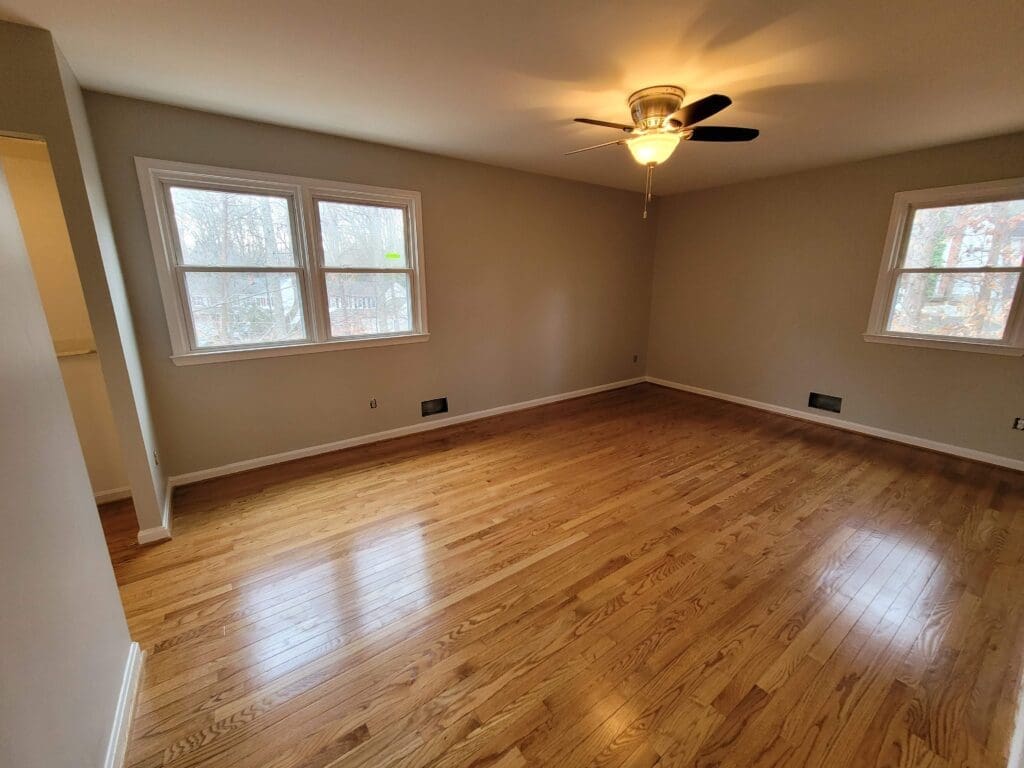
Factor in Hidden Costs
Include extra expenses like primer if switching from a dark to a light color, repairs for drywall or stucco, and detailed trim work.
Plan for Seasonal Pricing
Professional painters are busiest in spring and summer. Booking during the off-season (late fall and winter) can sometimes result in lower prices.
Consider DIY for Small Projects
If painting a single room or an accent wall, doing it yourself can save money. However, full interiors or exteriors are best left to professionals for a long-lasting, high-quality finish.
Ways to Save on House Painting Without Sacrificing Quality
Using fewer colors helps reduce costs. Prepping the area yourself by moving furniture, cleaning walls, and taping edges before painters arrive can also save money. Looking for discounts at paint stores and opting for mid-range paint can balance quality and cost. Bundling services for both interior and exterior painting might lower the overall price.
Signs It’s Time to Repaint Your Home
Fading or discoloration from sun exposure, peeling or cracking paint, chalking (a white, powdery residue), and mold or mildew stains all indicate it’s time for a fresh coat. Outdated colors can also make a home look tired, so a new paint job can instantly update its appearance.
Final Thoughts
Painting is one of the most cost-effective ways to enhance your home’s appearance and protect its surfaces. Understanding what affects pricing and how to budget ensures a stress-free experience. Planning ahead and choosing quality materials and professionals will give you the best results.
Looking for a professional painting service? Alpha Painting LLC offers expert craftsmanship, high-quality materials, and competitive pricing. Contact us today for a free estimate!

